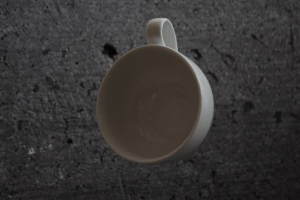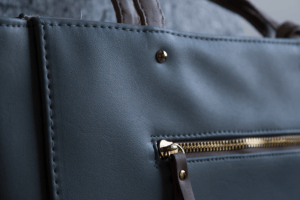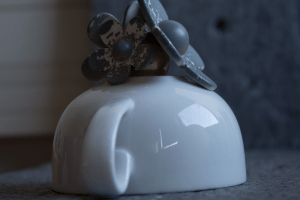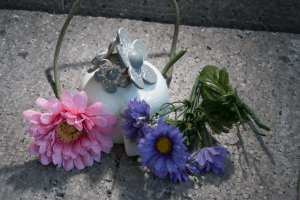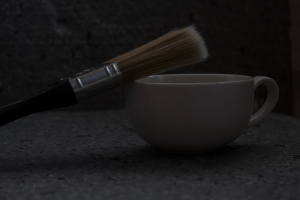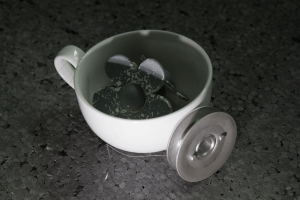During our Photography lecture this week, we were told that we would have to complete a task in relation to ‘Still Life’ – however, we would go through this in more detail when it came to our workshop. Our workshop this week was essentially split into two – for the first hour of the workshop, our tutor went through a range of examples of still life images by existing photographers to hopefully inspire us and enable us to think of ideas for either our still life assessment or our overall project – nonetheless, all of it was very interesting. After our tutor had finished talking about these different artists and their photographs, we were then told that we were able to practice taking photographs in relation to ‘Still Life’ in the classroom. All of the camera equipment was provided to us in the room and also there were a range of objects available to us to enable us to take a range of different photographs so we would be able to practice taking still life images, which we would be able to take into consideration for when we do our own still life images, but at the same time, for our final project. In this hour of taking photographs I did get a range of different images of various objects and again, due to the fact that I am still getting familiar with the camera, some of these photographs turned out well, while others did not. Below, you will be able to see both the good and bad photographs I took during this workshop session.
Here are the images that I believe are good to a certain extent:
It is obvious to see that these photographs are not perfect – however, as I am still becoming familiar with the camera, I believe that they are reasonable enough. When I first started taking images for this task during our workshop, I tended not to change the ISO on the camera, which meant that some of the images seemed quite light and didn’t look very interesting. However, as I began to take more images, I then decided to lower the ISO to make the images a bit darker and to make them look more interesting and appealing. Again, the lighting in some of these images is not perfect, but as I begin to take more photographs in time, I believe that my photography skills will improve. Moreover, in some of these photographs, you are able to see that the position of the camera is not the best due to the fact that in some of the images you are able to see the table or the wall in the background, which is not intentionally meant to be seen, but also some of the images appear to be a little wonky – so a tripod should have been used for some of these. Nonetheless, I am pleased with the images I have come out with for this workshop task as it has enabled me to see what I still need to improve on, but also it allowed me to become more familiar with the ISO settings, which I was not completely certain about previously.
Here are the images that did not turn out as well as the others:
As I took a range of photographs during this workshop, there were both good and bad images that were taken and from the images above, you are able to see that they are the bad images. When taking photographs for this workshop, I wanted to try out a range of different things and this meant that some of the images were bound to turn out poor. From looking at these images, you are able to see that the main issue a lot of the time was either lighting on the subject or the focus on the subject. As I began to change the ISO after taking a few images, I knew that some times the ISO was too low, so this meant that the images appeared to be really dark – nonetheless, I was then able to increase the ISO again to make the images appear brighter. In one of these images, you are able to see clearly that an external light source has been used and this is good in a sense as it casts a shadow of the subject – however, as an image overall, it does not look as good and the light source should have perhaps been further away from the subject, or a different light source should have been used. Overall, I am glad that I did come out with some bad images as it enables me to see where my issues may lie and how I will be able to improve on them in the future.
